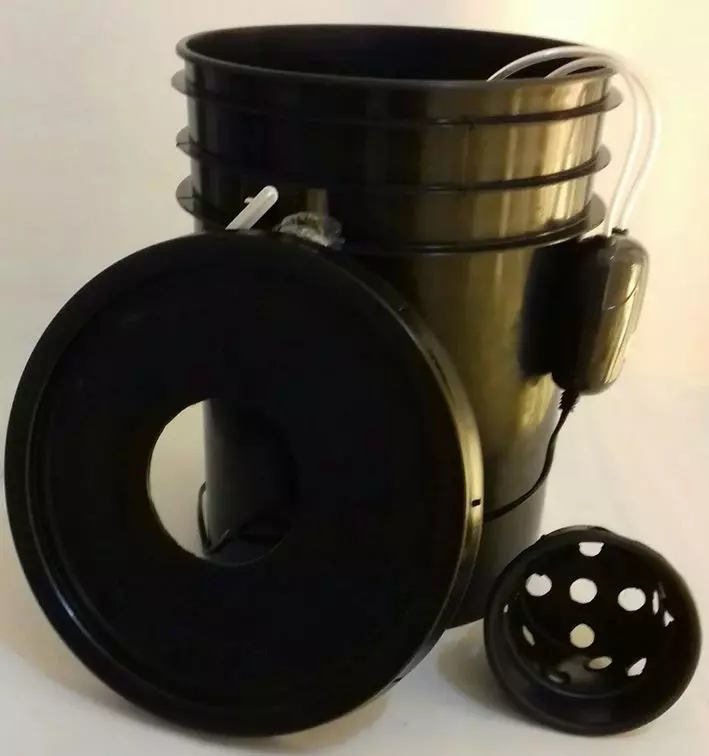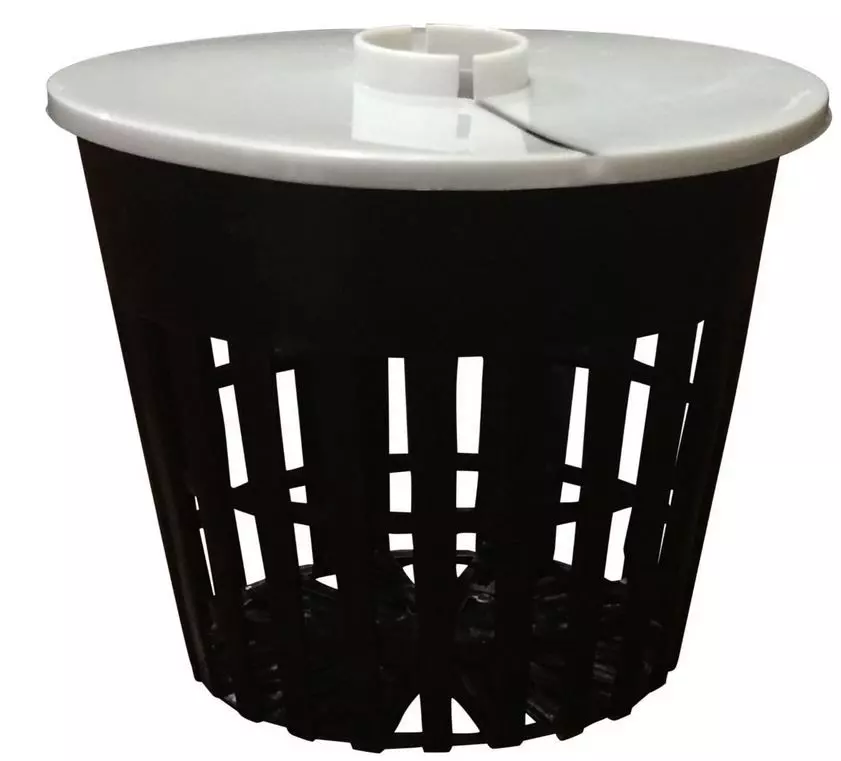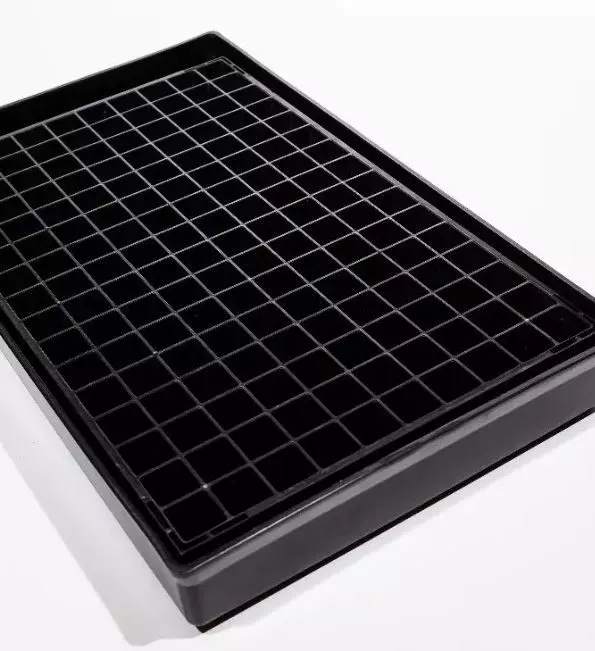Table of Contents
How to Grow Hydroponic Lettuce at Home
Hydroponic cultivation is based on the use of special gardens to sow and grow plants without the presence of the soil. Here we tell you all the details and the step-by-step, about How to Grow Hydroponic Lettuce, at home indoors or outdoors, from basic for beginners to high technology. These are our tips so that you can start with hydroponic cultivation and harvest hydroponic lettuce in 30 days.
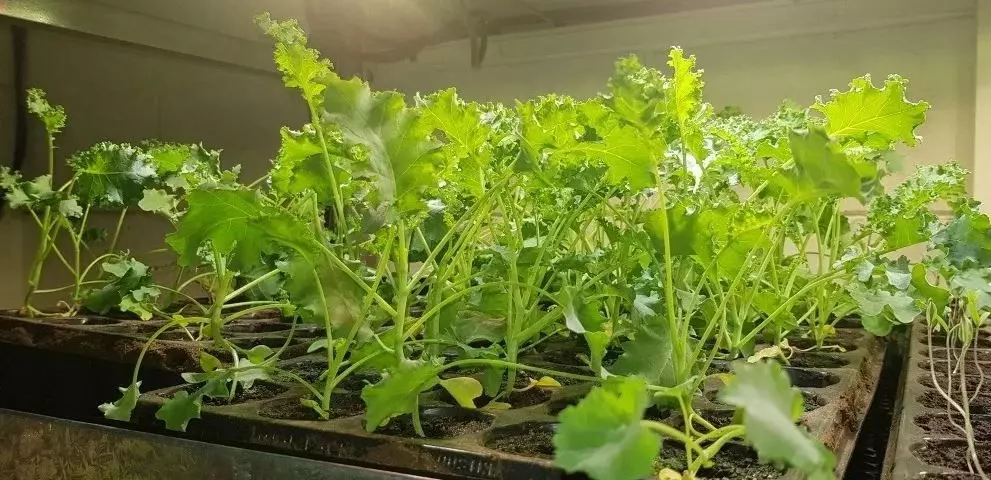
The process is very simple and allows the cultivation outside or inside the home by means of hydroponic cultivation.
Here we explain the steps to set up your own hydroponic cultivation system and grow hydroponic lettuce.
How Long does it take for Hydroponic Lettuce to Grow
Hydroponic lettuce takes 30 days to harvest when the cultivation starts from seeds. It is convenient to start from seeds that are not genetically modified. Lettuce is easy to grow.
Also, it is possible to grow lettuce with a mixture of different colors, shapes, and textures in the same hydroponic crop. Lettuce is suitable for outdoor production or low light conditions in greenhouses.
A first tip on how to grow lettuce is that this plant usually grows in the cold season (winter).
Although some varieties are capable of growing in spring and fall, this depends on the temperature of your area. This vegetable is resistant to slightly icy climates. The ideal temperature for growing lettuce is between 44º F to 64º F.
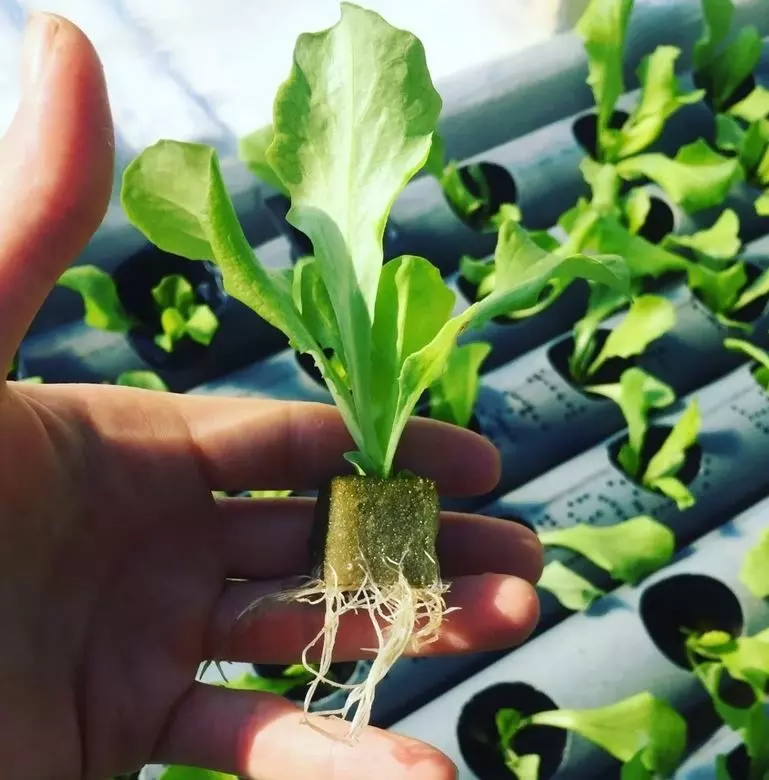
The lettuce growing needs direct sunlight, so be sure to place it in a place where light is constantly predominant. However, it can grow under the shade, which is recommended if you live in very hot climates.
What is the pH to Grow Hydroponic Lettuce
For the hydroponic cultivation of lettuce, the recommended pH is between 6.0 and 6.5.
What is the Temperature for Germination Hydroponic Lettuce
To start the germination, place it close to a window where it has sunlight. The optimal germination temperature is 53-59 F. In case of very cold temperatures, you should place it in a greenhouse or in a place close to the heating.
Once the real leaves have come out you should carry out a thinning, eliminating the smallest plants and keeping only the strongest plant in each compartment.
A very important point if you are interested in growing lettuce, is that the variety does NOT matter, Buttercrunch, Romaine, etc. These tips work equally well for any variety that interests you. You should only look for the seed or varieties of seeds of interest.
How to Build a Hydroponic Garden at your home
If you are an expert, you will surely have other hydroponic system options, a topic that will be addressed in-depth in the future.
However, for those who are just starting in hydroponic cultivation, the Kratky Method is undoubtedly one of the easiest to start and we tell you more about this in the following paragraphs.
How to Start Hydroponic Growing at Home
What is the Kratky Method
This Kratky method is the basis of hydroponic cultivation. In the next steps you will find a basic explanation to better understand how to grow hydroponic lettuce and what precautions you should take.
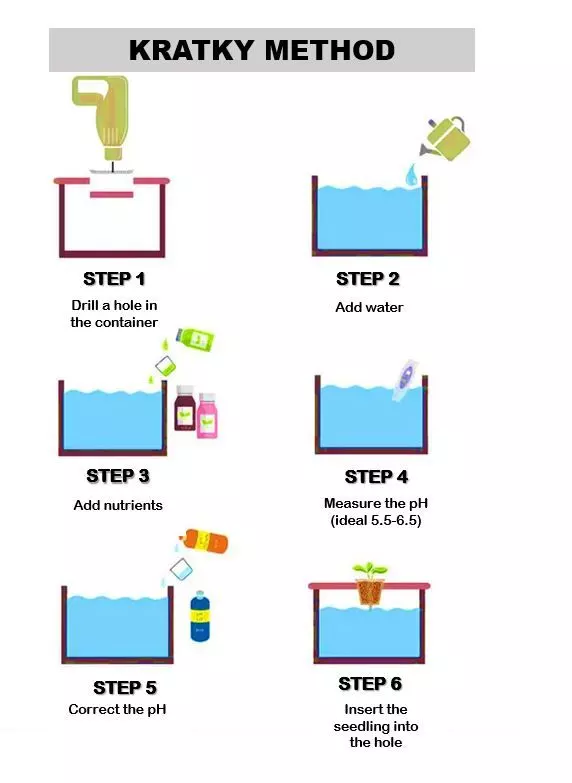
Hydroponic Growing – The Kratky Method for Lettuce
The materials you need are a bucket or container with a lid, some growing medium (such as perlite or Hydroton), some pots, hydroponic nutrients, and a pH kit.
Regarding the containers, there is a wide variety of containers on the market for this. It can be from a simple bottle that you already have at home, as trays suitable for germination and containers of water with nutrients, with and without water recirculation.
With or without circulation or air pump. All methods are valid and possible. Below are some photos to show you some models.
The most expensive commercial system, and that allows even an industrial harvest, is that it works automatically for weeks, providing the oxygen, water, and light that the plants need to survive.
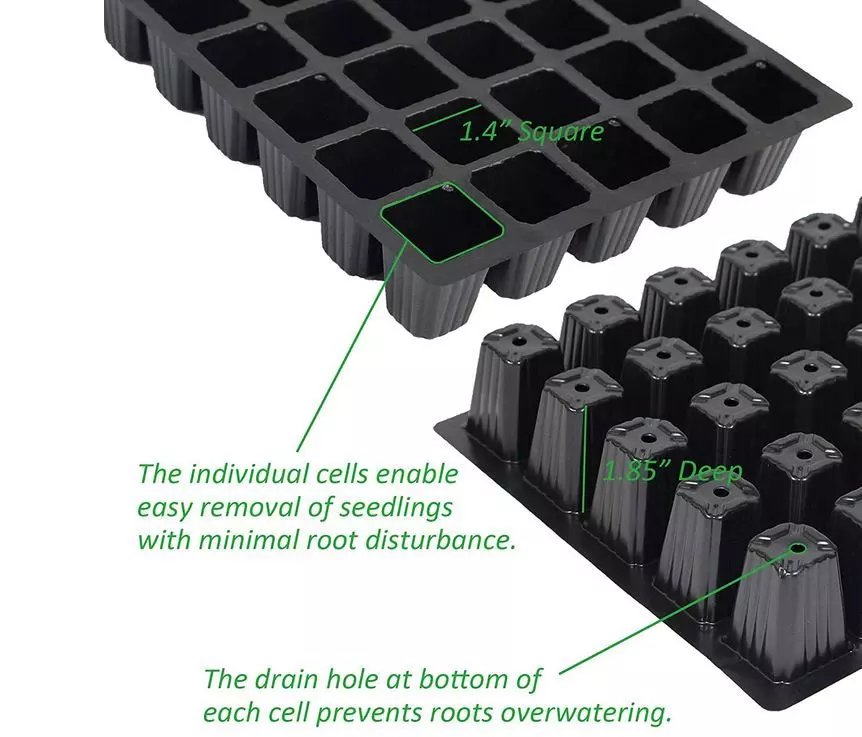
What is Hydroton
Hydroton, sometimes called Mother Earth, is a hydroponic substrate, similar to clay pebbles, with the size of marbles or peanuts. Lightweight, easy for transplanting and harvesting, which improves percolation and oxygenation.
Clay pebbles and Hydroton can be used in both hydroponic and aquaponic systems.
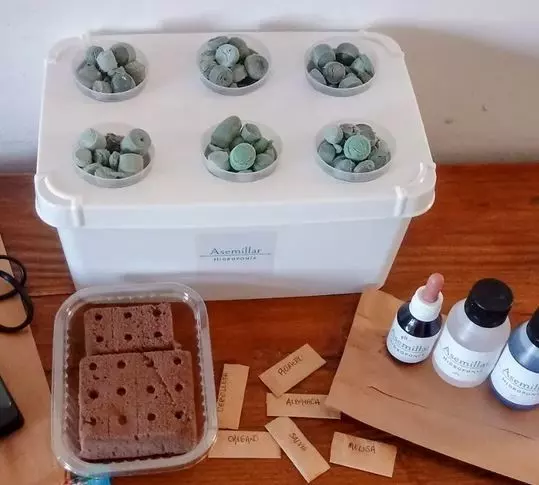
How to set up the Hydroponic Growing System
It is very practical and does not require great complexity to be installed in the home.
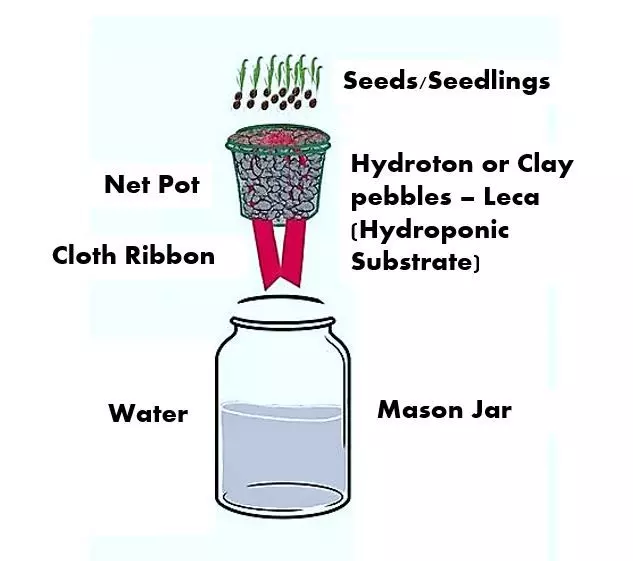
This method of hydroponic cultivation is started by making a hole in the lid of the container that is large enough for the pot to be held in.
Subsequently, nutrients are added to the water in the container/reservoir.
Wait a few minutes and measure that the pH levels are between 5.5 and 6.5, otherwise use the pH kit to make the necessary corrections.
For growing hydroponic lettuce, the recommended pH is between 6.0 and 6.5.
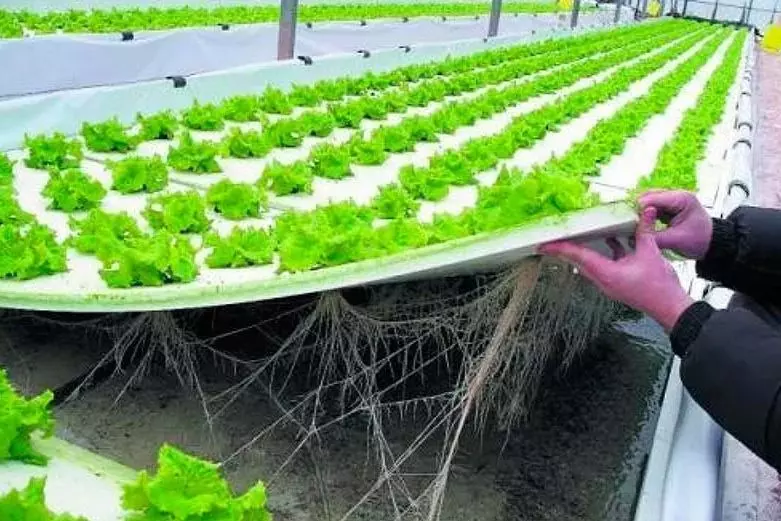
The plants are placed in the pot with the growing medium (Hydroton, perlite, among others) and placed in the hole so that it hangs in the water.
This process is done so that the roots of the plants are partially submerged in the water and partially exposed to the air.
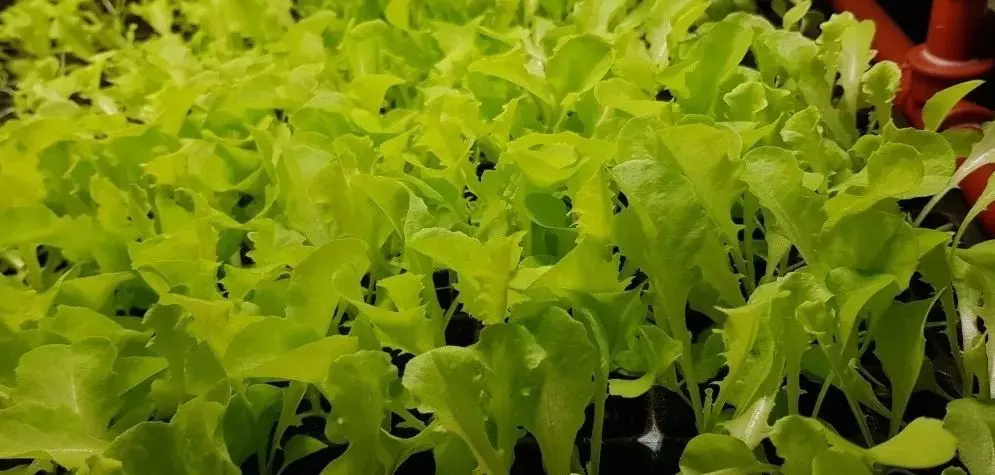
In this way, it is ensured that the roots can have the water and oxygen they need.
As the plants grow, the water level is gradually reduced because it is absorbed by the water, allowing the roots to be partially exposed to the air at all times.
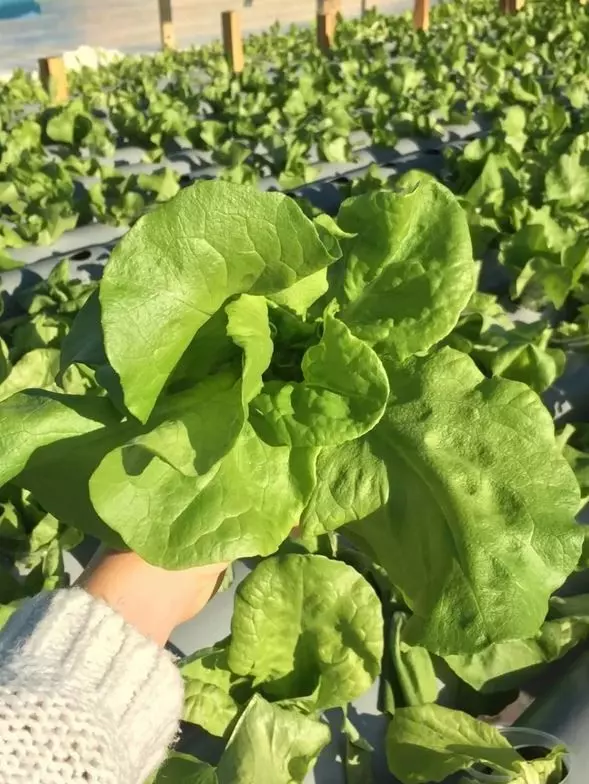
This air space is what allows plants to breathe. In the case of fast-growing vegetables, when the water has been consumed, harvest time may have arrived.
If not, you can add more water and nutrient solution, and check the pH at the same time so that your plant continues to grow.
More about growing Lettuce.

